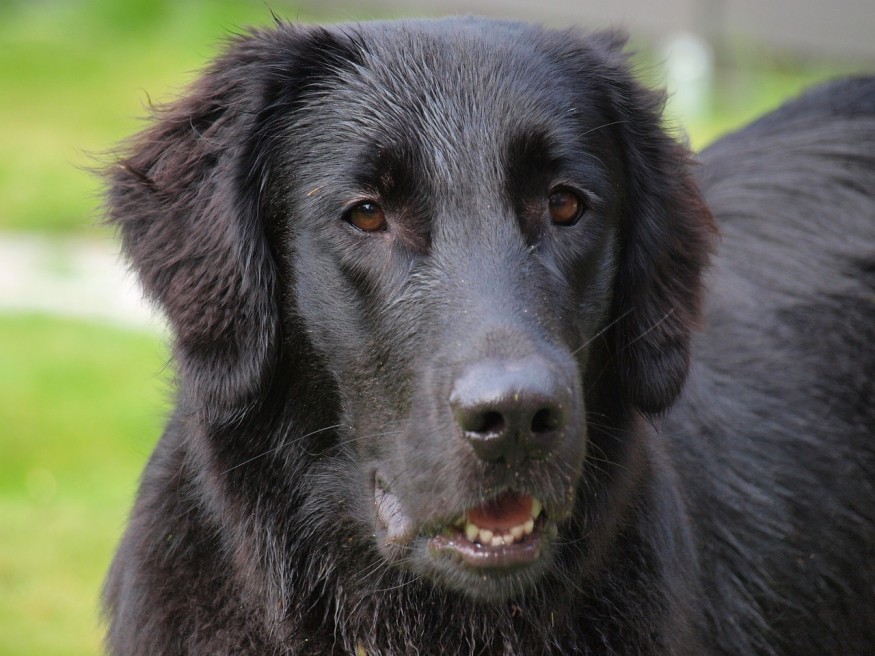
A pet flat-coated retriever died in less than 45 minutes of exposure to the toxic blue-green algae. This incident has called the dog welfare and health charity, Kennel Club, to warn pet owners regarding pet dangers and safety.
Pet Dog Dies After Toxic Algal Bloom Exposure
According to Newsweek, Jan Eggington, the owner of the dog from Worcestershire, was simply taking her dog on a walk at Exmoor's Wimbleball Lake. It was then that Cove, her two-year-old pet dog, paused close to some dead fish by the lakeside.
Mail Online adds that even though her husband warned to quickly move the dog away, the substance's fast effects took their toll. After roughly 45 minutes, Cove ended up dying.
Her husband first noticed that Cove was unwell when the dog started to stagger while walking. Mrs. Eggington adds that when she caught up with them, the dog had already been paralyzed. She further explains that what frightened her was that something so incredibly dangerous, which was not even present in the waters, could lead to the death of one's dog in just 45 minutes.
She adds how carefully they handled and cared for their dogs and how aware they were of poisonous plants, food, and even blue-green algae. Mrs. Eggington further adds, however, that just a single lick on the dead fish was enough to lead to Cove's passing.
The Messenger further reports that according to Mrs. Eggington, if the story of Cove could raise awareness of the dangers within and around water and lead to life-saving, then the pain that comes with sharing Cove's story would be worth it.
Newsweek adds that an analysis that was led by Dr. Andrew Turner, who is from the Center for Environment, Fisheries and Aquaculture Science (CEFAS) showed that Cover could have been in contact with blue-green algae bloom's anatoxins. Chances are that the dog could have been exposed to the toxins by consuming the fish that was contaminated.
This case marks the first confirmed death due to blue-green algae in the UK.
Cyanobacteria: Dangerous Blue-Green Algae
Blue-green algae, also referred to as cuanobacteria, can facilitate the production of strong toxins that pose detrimental dangers to animals and humans.
UK-based charity, the Kennel Club, also explains that algal blooms tend to grow during warmer months, after strong rainfall hits the areas, and in places that have waterways, such as lakes and rivers. A spokesperson from the organization explains that the algae can be spotted across the globe and that they naturally occur in ponds, lakes, rivers, reservoirs, and canals.
As such, these algal blooms can quickly grow in number and contaminate large water bodies. The spokesperson explains that they could have a turquoise or green appearance, but that they could also be black, brown, or red in color. At times, the water could be earthy, musty, or grassy. Foam can also be observed by the shore.
Advice For Pet Safety
In light of the incident, the Kennel Club warns pet owners regarding this danger and issues advice on pet safety. They advise that pet safety could be raised by keeping dogs far from bodies of water suspected to contain cyanobacteria. Dogs should not drink from or swim inside the water.
In cases of suspected algal exposure, the dog should be immediately brought to the vet. As much as possible, giving the clinic a heads-up would be good as blue-green algal poisoning typically requires fast treatment.
At the same time, humans should also be careful in bodies of water that contain huge algam blooms, as contact with these algae could lead to eye irritation, diarrhea, skin rashes, muscle pain, and fever.
Check out more news and information on Animals in Science Times.











